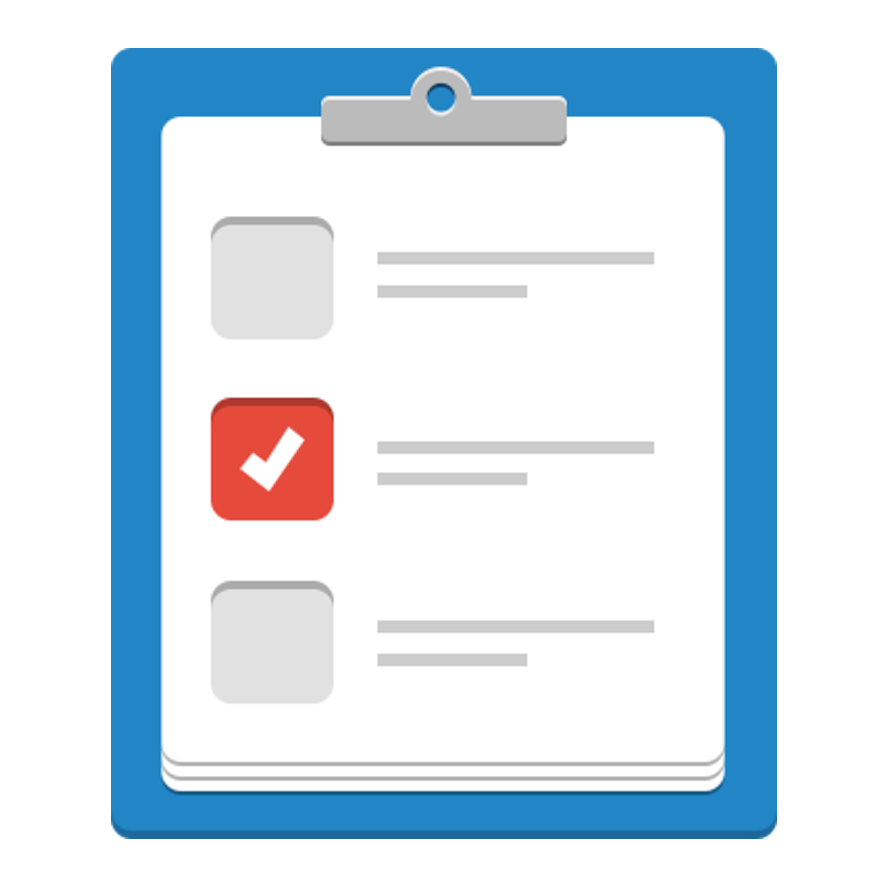LabProtocol DRAFT Profile
Version: 0.2-DRAFT-2018_03_09 (09 March 2018)
Bioschemas specification describing LabProtocol in the life-science.
If you spot any errors or omissions with this type, please file an issue in our GitHub.
Key to specification table
- Green properties/types are proposed by Bioschemas, or indicate proposed changes by Bioschemas to Schema.org
- Red properties/types exist in the core of Schema.org
- Blue properties/types exist in the pending area of Schema.org
- Black properties/types are reused from external vocabularies/ontologies
CD = Cardinality
| Property | Expected Type | Description | CD | Controlled Vocabulary | Example |
|---|---|---|---|---|---|
| Marginality: Minimum. | |||||
| @context | URL | Used to provide the context (namespaces) for the JSON-LD file. Not needed in other serialisations. |
ONE | ||
| @type | Text | Schema.org/Bioschemas class for the resource declared using JSON-LD syntax. For other serialisations please use the appropriate mechanism. While it is permissible to provide multiple types, it is preferred to use a single type. |
MANY | Schema.org, Bioschemas | |
| @id | IRI | Used to distinguish the resource being described in JSON-LD. For other serialisations use the appropriate approach. | ONE | ||
| dct:conformsTo | IRI | Used to state the Bioschemas profile that the markup relates to. The versioned URL of the profile must be used. Note that we use a CURIE in the table here but the full URL for Dublin Core terms must be used in the markup (http://purl.org/dc/terms/conformsTo), see example. |
ONE | Bioschemas profile versioned URL | |
| ChEBI:reagent |
BioChemEntity Text URL |
Bioschemas: Reagent used in the protocol. It can be a record in a Dataset describing the reagent or a BioChemEntity corresponding to the reagent or a URL pointing to the type of reagent used. ChEBI and PubChem entities can be used whenever available. Commercial names are also acceptable (URL if possible). |
MANY | ||
| instrument |
Text URL Thing |
Schema: The object that helped the agent perform the action. e.g. John wrote a book with a pen. Bioschemas: For LabProtocols it would be a laboratory equipment use by a person to follow one or more steps described in this LabProtocol. Note: Bioschemas have added the following to the list of Expected Types: Text and URL. |
MANY | ||
| keywords |
Text |
Schema: Keywords or tags used to describe this content. Multiple entries in a keywords list are typically delimited by commas. |
ONE | ||
| purpose |
Text |
Schema: A goal towards an action is taken. Can be concrete or abstract. Bioschemas: Note: Bioschemas have changed the Expected Types by removing MedicalDevicePurpose and Thing, and adding Text. |
ONE | ||
| rdf:type |
URL |
Bioschemas: This is used by validation tools to indentify the profile used. You must use the value specified in the Controlled Vocabulary column. |
ONE | ||
| sample |
BioChemEntity Text URL |
Bioschemas: Sample used in the protocol. It could be a record in a Dataset describing the sample or a physical object corresponding to the sample or a URL pointing to the type of sample used. |
MANY | ||
| Marginality: Recommended. | |||||
| citation |
CreativeWork Text |
Schema: A citation or reference to another creative work, such as another publication, web page, scholarly article, etc. |
MANY | ||
| duration |
Duration |
Schema: The duration of the item (movie, audio recording, event, etc.) in ISO 8601 date format. Bioschemas: The time it takes to actually carry out the protocol, in ISO 8601 date format. |
ONE | ||
| hasPart |
CreativeWork |
Schema: Indicates a CreativeWork that is (in some sense) a part of this CreativeWork. Inverse property: isPartOf. Bioschemas: A particular case in Bioschemas is LabProtocol where structural elements are used to described advantages (situations the Protocol has been successfully employed), limitations (situations the Protocol would be unreliable or otherwise unsuccessful), applications (Applications of the protocol list the full diversity of the applications of the method and support if is possible to extend the range of applications of the protocol. e.g. northern blot assays, sequencing, etc.), and outcomes (outcome or expected result by a protocol execution). For LabProtocol, in the applicationType, please use http://purl.org/net/SMARTprotocol#AdvantageOfTheProtocol for advantages, http://purl.org/net/SMARTprotocol#LimitationOfTheProtocol for limitations, http://purl.org/net/SMARTprotocol#ApplicationOfTheProtocol for applicability, and http://purl.org/net/SMARTprotocol#OutcomeOfTheProtocol for outcomes. |
MANY | ||
| identifier |
PropertyValue Text URL |
Schema: The identifier property represents any kind of identifier for any kind of Thing, such as ISBNs, GTIN codes, UUIDs etc. Schema.org provides dedicated properties for representing many of these, either as textual strings or as URL (URI) links. See background notes for more details. |
ONE | ||
| isPartOf |
CreativeWork |
Schema: Indicates a CreativeWork that this CreativeWork is (in some sense) part of. Inverse property: hasPart. |
MANY | ||
| license |
CreativeWork URL |
Schema: A license document that applies to this content, typically indicated by URL. |
ONE | ||
| software |
SoftwareApplication |
Bioschemas: An application that can complete the request. |
MANY | ||
| step |
CreativeWork HowToSection HowToStep Text |
Schema: A single step item (as HowToStep, text, document, video, etc.) or a HowToSection. Bioschemas: Use in LabProtocol to include the step by step process followed in this protocol. |
MANY | ||
| Marginality: Optional. | |||||
| additionalType |
URL |
Schema: An additional type for the item, typically used for adding more specific types from external vocabularies in microdata syntax. This is a relationship between something and a class that the thing is in. In RDFa syntax, it is better to use the native RDFa syntax - the ‘typeof’ attribute - for multiple types. Schema.org tools may have only weaker understanding of extra types, in particular those defined externally. Bioschemas: Optional for LabProtocol as it has its own type in schema.org. If used, the recommended URL is experimental protocol as defined by SMART Protocols (see Controlled Vocabulary). |
ONE | ||
| isBasedOn |
CreativeWork URL |
Schema: A resource that was used in the creation of this resource. This term can be repeated for multiple sources. For example, http://example.com/great-multiplication-intro.html. Supersedes isBasedOnUrl. Bioschemas: Note: Bioschemas have removed Product from the Expected Types. |
MANY | ||






